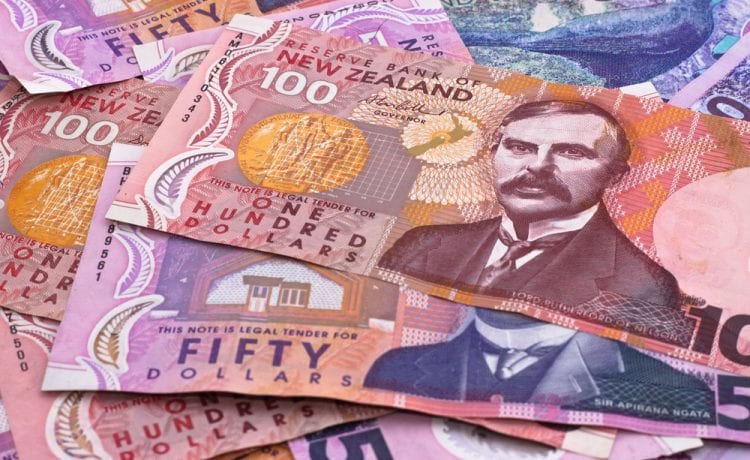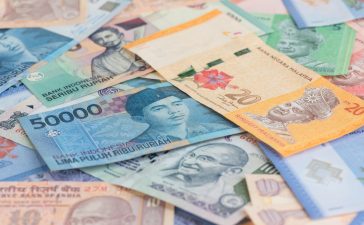The Australian dollar eased to $0.7491, while the New Zealand was at $0.6989
The Australian and New Zealand dollars were pinned near support on Thursday, even as a trio of local data underlined the upbeat economic outlook.
The Aussie eased to $0.7491, having dropped 0.2% overnight after failing to clear resistance in the $0.7513/7526 region. A break of the recent six-month low of $0.7478 would risk a retreat to a chart retracement target at $0.7375.
The kiwi dollar was at $0.6989, after topping out at $0.7006. It has support around $0.6965, ahead of the June trough at $0.6923.
Markets are again waiting on the U.S. jobs report which is forecast to show a solid rise of 700,000, but there are expectations of 1 million or more.
Australia’s data were upbeat, though overshadowed by continued lockdowns across the country.
The outbreaks have so far had only a limited affect on the overall economy as house prices surged further in June, boosting household wealth to historic highs.
In a positive sign for further jobs growth, official data showed job vacancies jumped 23.4% in the May quarter to an historic high.
Australia’s trade surplus also neared record $7.26 billion in May on the back of rising exports, separate figures showed.
That brought the run of surpluses to 41 months and the cumulative surplus for the 12 months to May to A$84 billion (USD62.89 billion), a healthy cash inflow that should underpin the Aussie.
Commodity prices remain super supportive for the Australian dollar and this will be obvious in the May trade surplus with plenty more to come given the lags in prices and better volumes in Q3, wrote analysts at Westpac in a note.
For now, the Australian dollar remains capped between $0.7580 and $0.7630 near term and vulnerable to further weakness. We remain focussed on any dip towards $0.7400/25 as another opportunity to buy, they said.
One drag on the Aussie has been yield spreads, with Australian 10-year bonds offering just 2 basis points more than Treasuries. The spread was as wide as 44 basis points in February when the Aussie topped out at $0.8000.





